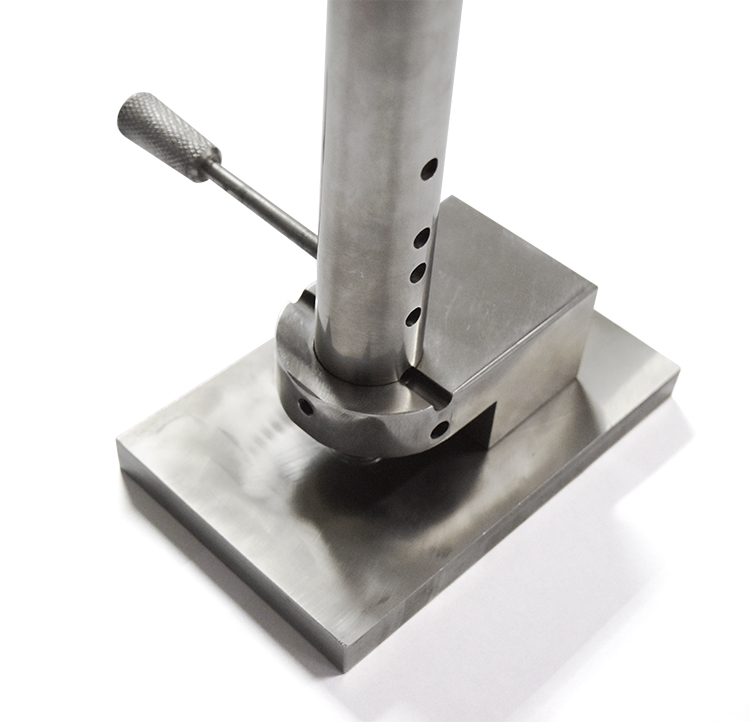
NewsInformation Center
How do a button pull test to ensure child safety?
2023/12/05
The BUTTON PULL TEST is a common test method used to evaluate the strength of a button or similar fastening device under stress. The following are general steps for performing a BUTTON PULL TEST to ensure the safety of children:
1. Select the applicable standard or code:
Learn about applicable industry standards such as ASTM F963-17 or EN 71. These standards often provide guidance and requirements for the button pull test.
2. Prepare test equipment:
Use specialized test equipment, such as tensiometers or universal testing machines, and make sure that the equipment is calibrated and meets the appropriate standards.
3. Select appropriate samples:
Select samples from children's clothing, toys or other children's products, including items with buttons or similar fastening devices.
4. Prepare the test sample:
Secure the sample to the test equipment, usually by means of a fixture at the button, and ensure that the tensile force is applied in the direction of the button.
5. Define Tension Criteria:
Based on the applicable standards, determine the appropriate pull force requirements, such as the minimum strength for button pull or the maximum force for button detachment.
6. Perform Tension Tests:
Gradually apply tensile force at the appropriate tensile speed until the button meets the predetermined standard requirements. Record the value of the pulling force during the test.
7. Evaluate test results:
Compare the test results with the standard requirements to determine if the sample passes the tension test. If the sample fails to meet the standard, further evaluation and correction is required.
8. Record and report results:
Record test data and results for each sample and report as needed. This helps to track the progress of product improvement and problem resolution.
Here are some additional considerations and steps for the BUTTON PULL TEST:
1. Consider the age and group of the test subject:
Users of different ages and groups may exert different levels of pulling force, so the test should take these factors into account. For example, some standards may distinguish between the different requirements for children under 3 years of age and those between 3 and 6 years of age.
2. Select the appropriate test speed:
The test speed should be in accordance with the requirements of the applicable standard. Typically, for testing children's products, the test speed should be slow and smooth to simulate the tensile forces experienced by children in actual use.
3. Select the appropriate test position according to the actual situation:
Some standards may require different tensile forces to be applied to different locations, such as the connection point between a button and a seam, or between a button and the fabric of a garment. The test position should be determined by the particular design of the actual product.
4. Do not damage the object under test:
During testing, damage to the test object should be avoided as much as possible, especially if the test object is a composite material or a material with other performance requirements.
5. Perform multiple tests:
In order to verify the accuracy of the results and to avoid any testing errors, it is recommended that multiple tests be performed on each sample and the average value of the pull force recorded.
Please note that the button pull test may also involve other factors such as button material, hole size, and durability of the button against clothing or products. Therefore, it is recommended to refer to applicable standards and regulations and to follow relevant guidelines and professional advice before performing the button pull test.
Previous: Taber Linear Abraser: How Does It Compare to Other Abrasion Testing Methods?
N e x t : How often should a button pull test be done?




